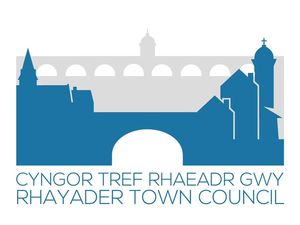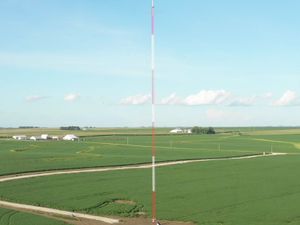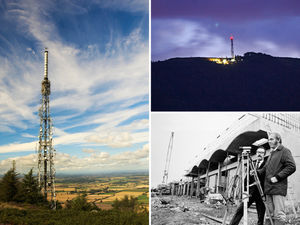This is why the UK doesn’t get hurricanes
One man’s hurricane is another’s typhoon.
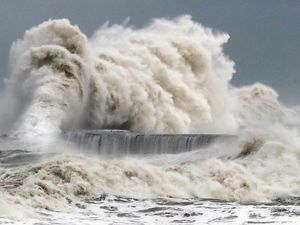
Hurricane Harvey battered the US’s fourth largest city Houston, Texas over the last few weeks and killed at least 65 people.
Now another storm – Irma – is heading towards the Caribbean and Florida.
The US is certainly prone to hurricanes, but why doesn’t the UK experience them?
It’s all in the name
To qualify as a hurricane, a storm has to be the result of low pressure over tropical or subtropical water, with winds of at least 74mph.
According to the Met Office, the word hurricane is usually only used for storms in the Atlantic and north-east Pacific, which are the bodies of water flanking north America.
Similar weather in other regions is referred to as typhoons or cyclones.
Location, location, location
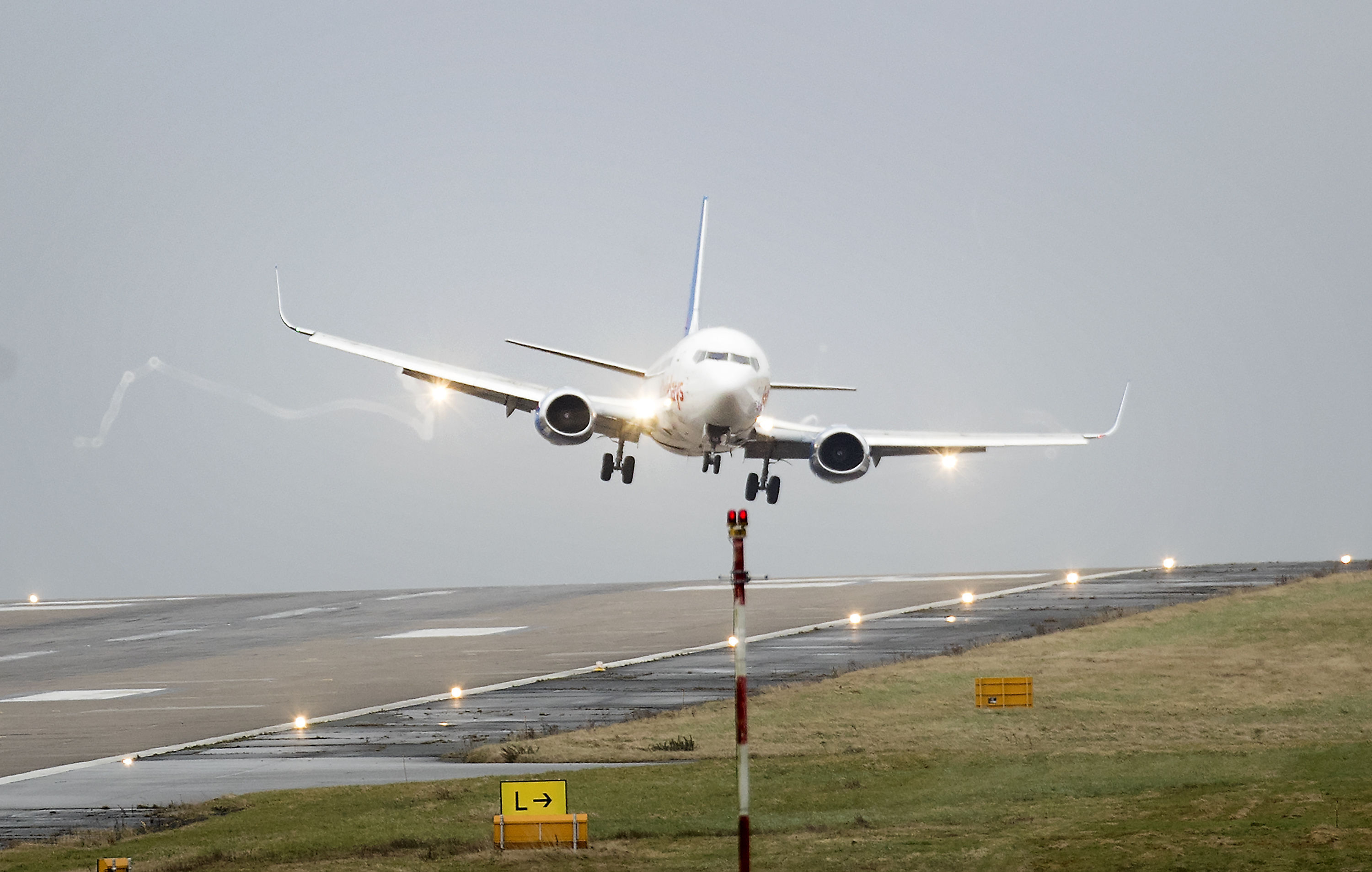
The storms form in the tropics, where there’s a stretch of low pressure either side of the equator, which helps to form storms as low pressure air and water vapour is heated, rises and becomes thundery showers.
When enough of these cluster together and the right conditions are met, a tropical storm becomes a hurricane.
We sometimes get the aftermath

The high winds caused a tree to fall in Knightsbridge, which killed one woman as she walked to work.
As for the great storm that hit Britain in 1987, the one BBC weatherman Michael Fish told viewers the night before that there wouldn’t be, that wasn’t strictly a hurricane.

But although winds reached speeds far higher than minimum hurricane levels to 100mph, it didn’t come from the tropics, so didn’t gain hurricane status.

